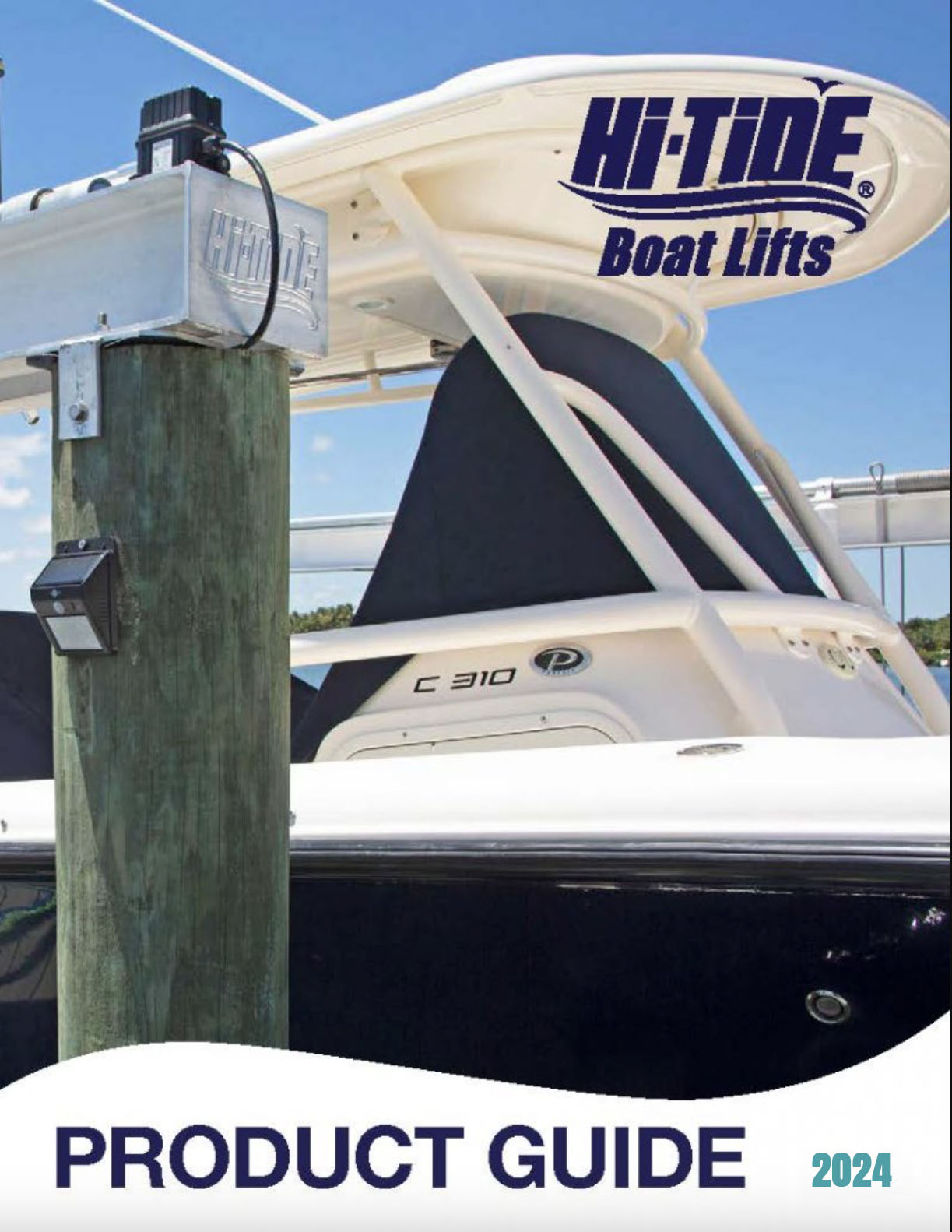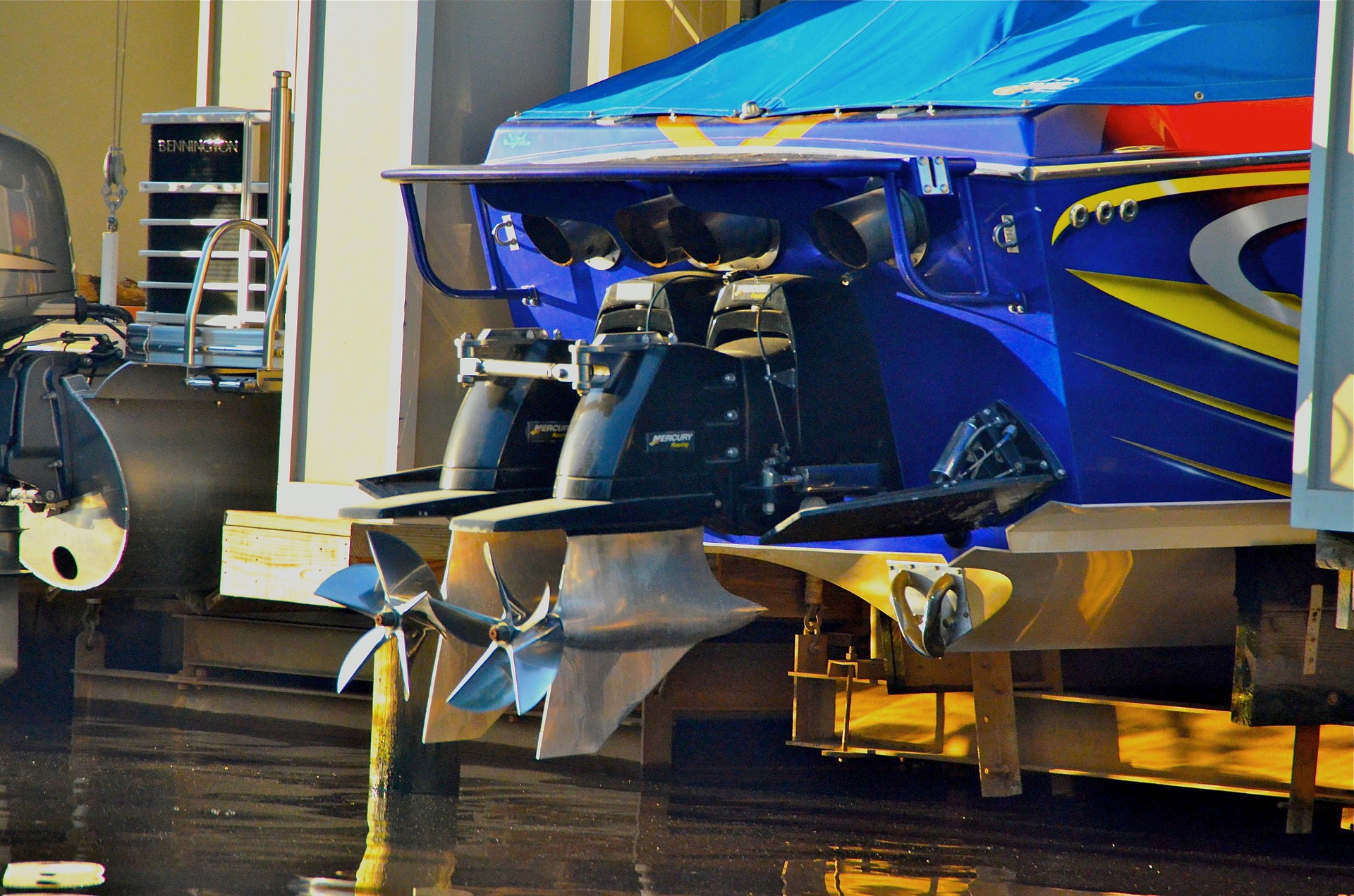
We’ve all been there: you have an interest in a new hobby or lifestyle but don’t even know the questions to ask. Well, one question we often get is, what, exactly, is a boat elevator?
Thankfully, boat elevator lifts are pretty simple to explain. At Hi-Tide, we develop aluminum boat elevator lifts. This hardware attaches to your dock by attaching to either piling or seawall. When docking, you simply position your vessel over the lift platform, which is submerged in the water. Once in position, by operating the elevator lift, you can raise the submerged platform, which raises your vessel above the water.
As you may know, water (yes, even freshwater) can be quite corrosive and damaging to your vessel. Simply put, a boat elevator lift keeps the bottom of your vessel high and dry–in a good way. Why?
- Boats have been known to sink while docked, sometimes due to damage caused by rough waves.
- A vessel raised above the waterline avoid damage from the corrosive effects that water can have over time.
- With less wear on vessels, boats can better maintain their paint and are often far easier to clean than those left docked.
Even if your vessel is docked in tighter quarters, a boat elevator may be just right for your needs. Of course, if you have more questions about the benefits of boat lifts or more specifics on our very own aluminum elevator lifts, don’t be afraid to ask. Whether you’re a boating newcomer or experienced captain looking for some new hardware, we’re more than happy to share our passion with anyone in need of a lift.
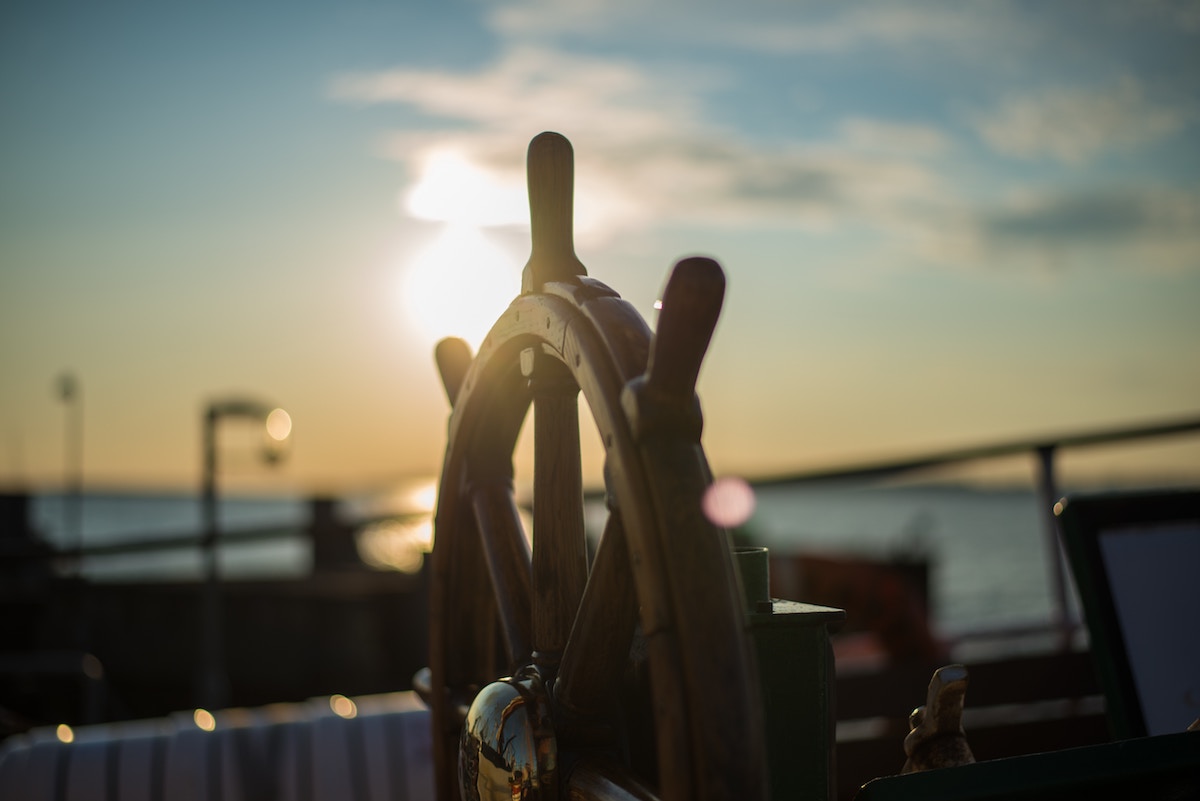
Boat lifts can seem relatively straightforward–they keep your boat safely stored at a dock or marina. As boat lift experts, of course, we know it can be a bit more complicated than that. Not all boat lifts are made equal and there are a few key features you may be forgetting when shopping for your lift.
Top 5 Boat Lift Features
- Drives: Arguably the most important feature of any boat lift, the drive acts as the heart of the lift. We understand just how vital a quality drive is to performance and reliability, so we paid extra attention to making them with proprietary Gear Drive tech. Add redundant quality control into the mix and you end up with a drive you can trust.
- Controls: When it comes to controls, reliability is also a major concern. The issues arise in the handoff between manufacturers of boat lifts and manufacturers of the motor controls. There is always a chance that a good boat lift manufacturer’s efforts can be for naught if they choose a lackluster, unreliable motor control company. Hi-Tide sidesteps this potential quality issue by designing, building and fully testing our motor control devices–the only manufacturer currently to do so.
- Construction: On the water, it’s all about fighting the highly corrosive environment that can strip almost any surface or material. The answer? High-grade marine aluminum and the use of welded construction techniques. Accept no substitutes.
- Components: Components like cables and electric motors may seem like smaller pieces to the puzzle, but together, they can make or break your lift. Make sure each piece of your boat lift is well made and field tested for its reliability. Some manufacturers, like ourselves, fabricate many components themselves and provide same-day replacement parts fulfillment.
- Cost: As with any significant purchase, the cost has to be considered. But few people take the time to look past the initial sticker price to think of the life cycle cost of their boat lift. If you get a “great deal” on a lift that only lasts you a season or two, is it really all that great? We tend to think investing in a quality lift that is built to last will save you money and provide invaluable peace of mind.
There are many more features we could have highlighted when it comes to picking the perfect boat lift for your lifestyle, but the above five are a great start if you are a first-time buyer or haven’t been in the market for one in a while. If you’re curious what Hi-Tide brings to the table in each of those specific facets, check out our website for more information. We’ll see you on the water!

Let’s be honest–Florida has just about two seasons: sweltering summer and blink-and-you’ll-miss-it winter. Even well into October, it’s not out of the question to have days reach the upper 80s (and even beyond), meaning Halloween is often more sweaty than scary. However, that also means beach, pool and, most importantly of all, boating weather is with us nearly all year long.
However, if you will be boating outside of the Sunshine State or if this season surprises us with some unseasonably cool weather (or even if not), you should take the change of seasons to prep for cooler temps and complete general maintenance after a busy summer.
Fall Boating Safety Tips
- Life Jackets are Mandatory: Yes, we all understand that life jackets can save lives, yet so many of us don’t bother wearing them when we hit the water. Whether it’s apathy, ignorance or a desire to look cool, there is no excuse for not having enough life jackets for every passenger and asking that everyone wear said life jackets. Though less a concern most of the year for Floridians, other places can see waters dip into dangerously low temperatures. A life jacket could easily keep someone above water in cold temperatures, saving his or her life.
- Check Your Lights: Even if you plan on getting back in before sunset, make sure all of your boat’s lights are working properly. It’s very easy to forget how quickly the sun begins to set in the fall months, and many get caught off guard. The last thing you want is to be forced to navigate in dark waters without fully operational lights.
- Complete Your Maintenance Checklist: With every season change, it’s a great opportunity to go through your maintenance checklist, checking for damage, doing a deep clean on your vessel and ensuring all safety equipment is tip-top. You do not want to have an emergency and realize your potentially life-saving equipment is out of date or too damaged to use.
- Watch the Weather: Fall weather can be unpredictable. Make sure you check a forecast and continue to keep tabs on the meteorological outlook throughout the day to ensure you’re dressed for the right temperatures and can clear the way for any quickly forming storms.
No matter where you’re hitting the water, make sure your vessel is safe to operate, you and all passengers are wearing life jackets, you keep an eye on the weather and ensure your lights are functional before getting into some quality fall boating. Boat safely and we’ll see you on the water!
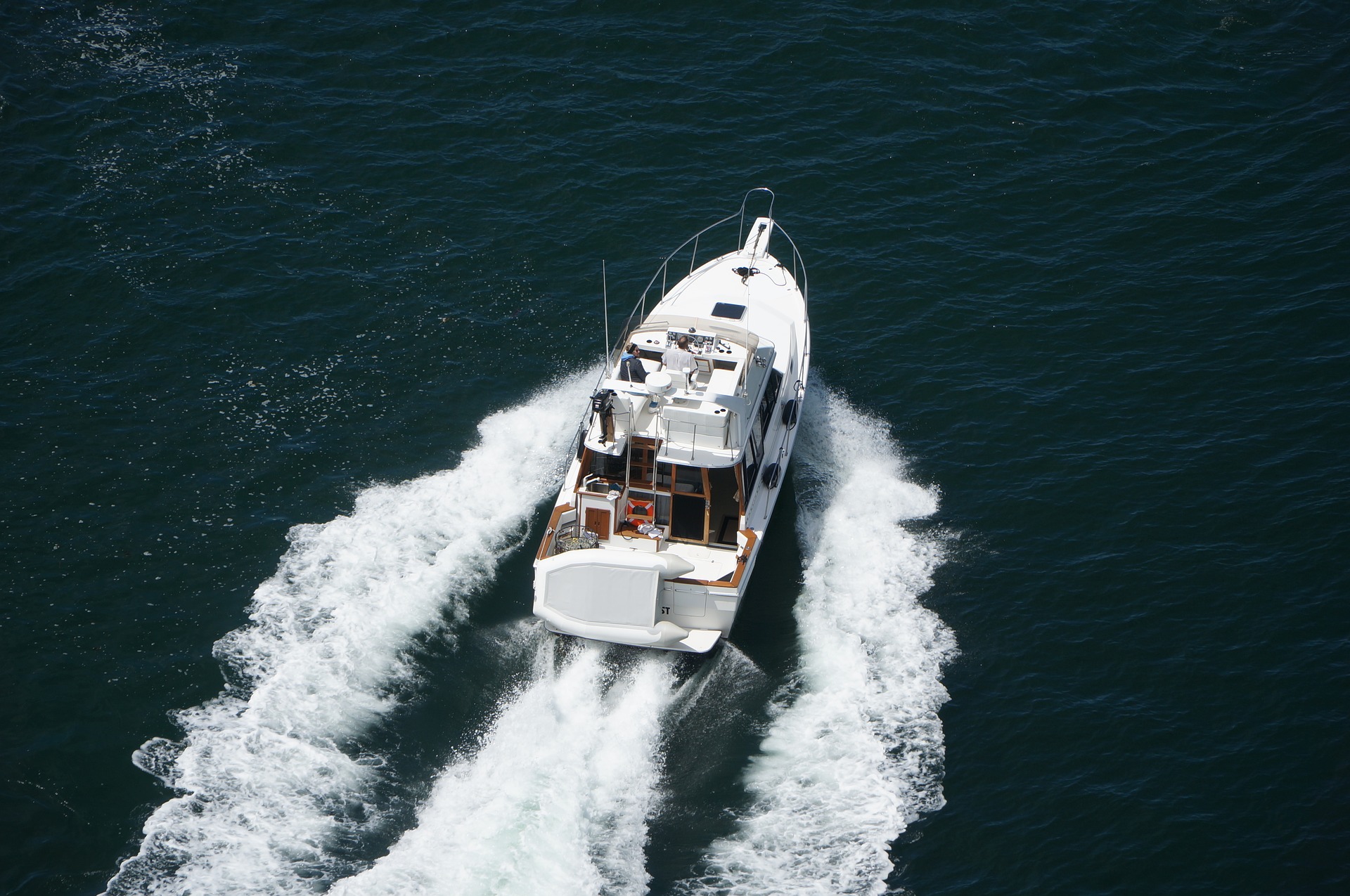
There are neat freaks, clutter kings/queens and everyone who falls somewhere in the middle. Oftentimes you only need to look at someone’s car to tell where along the neat/dirty spectrum they are–from immaculately washed and waxed to “WASH ME” scrawled in caked-on dirt. Regardless, we are absolutely not judging…until you move the conversation to boats.
Not washing your boat can cause a multitude of cosmetic and, more importantly, performance and safety issues. But the question is, should you wash your boat after every trip? Is it really worth the effort? Well, yes and no.
The unfortunate truth is that water, especially saltwater, can be quite destructive to many materials and surfaces that might be found on your boat. Metals can corrode, wood can warp and fiberglass can deteriorate. You can protect these thing by regularly cleaning your vessel, including:
- Waxing your boat every 3-4 months. The combination of hot sunlight and corrosive saltwater can quickly eat away at your boat’s protective layer of wax, so be prepared to recoat it regularly.
- Completing a freshwater wash down with a light cleaner (dish soap works in a pinch), which can drastically reduce the chances of corrosion on stainless steel parts and should be done after every use on saltwater.
- Flushing your engine after every use can keep it from getting clogged up by debris or corroded by saltwater.
- Washing all windows with a water and vinegar solution to keep visibility while on the water after every trip.
There are many ways to wash your boat, but the important thing to remember is that you should make it a priority if you want your investment to last. Wash it with fresh water and mild soaps after every trip, wax at least every four months, flush your engine after every use and wash your windows regularly.
Critics always joke about just how expensive (and stressful) boat ownership can be but if you wash your boat and conduct regular maintenance, it can be (mostly) smooth sailing for you and your ship.
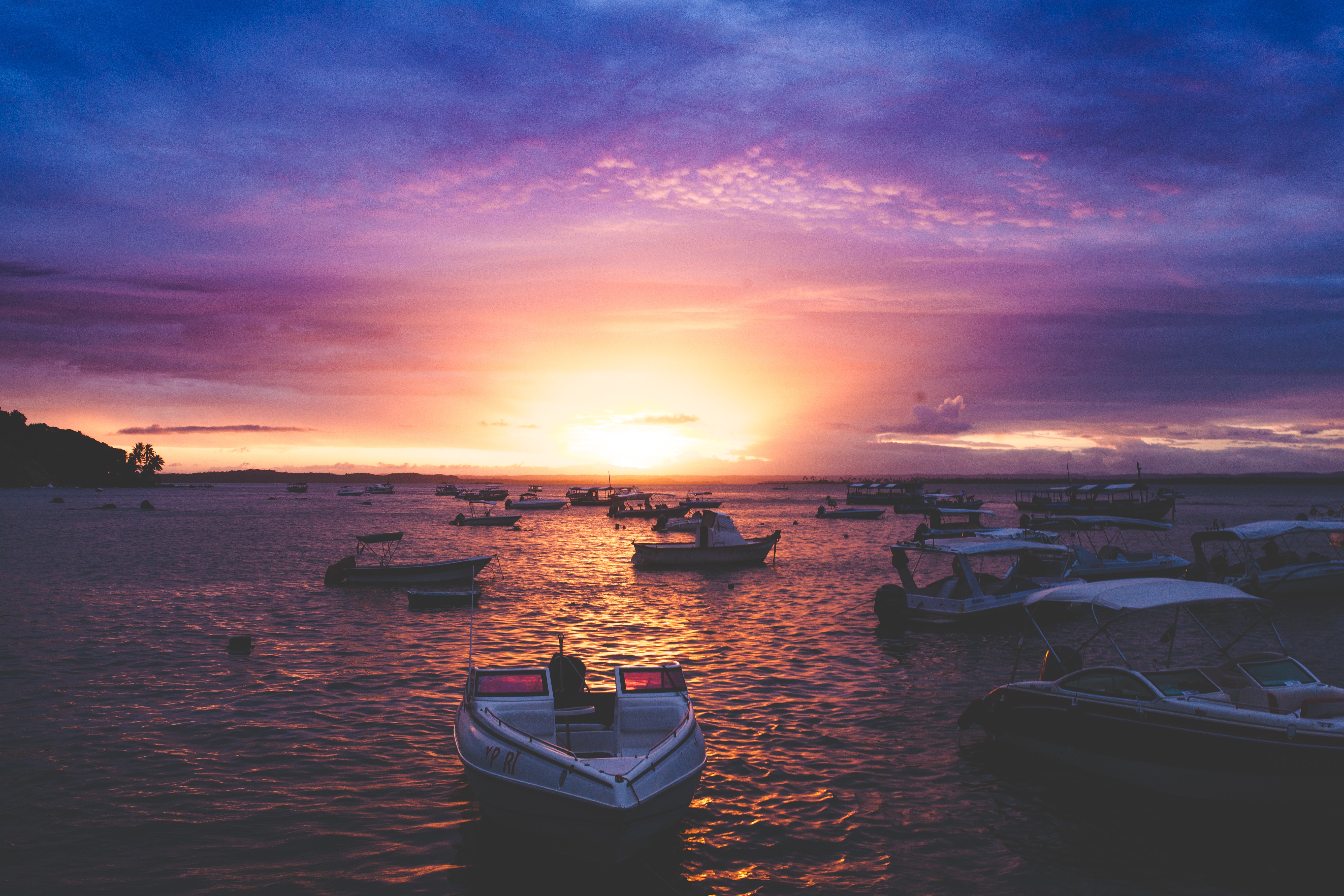
Here’s a hard fact for our community to swallow: according to last year’s US Coast Guard’s annual report, Florida leads the country in boating accidents at a whopping 681 in 2016. Worse yet, many of these accidents are avoidable. Again, according to this report, 15% of all boating deaths were directly associated with alcohol and 83% of drowning victims were not wearing PFDs.
The question is no longer if boating accidents are a problem but instead, what can be done to stop the recklessness and slow the rate of injuries and death?
How You Can Prevent a Boating Accident
- Boating and Booze Do Not Mix: We’ve said it multiple times before, but it bears repeating. Do not drink and operate your vessel. Do you take drinking and driving seriously? Yes? Then the same caution should be heeded on the water. Operating a vessel while over the limit (.08 or higher if 21+) is illegal and puts everyone on the water with you at risk due to your slowed reaction times and lowered inhibitions and judgement.
- Make PFDs a Promise: So often, an otherwise minimal accident can turn tragic if an operator or passenger falls into the water without a PFD. Though you may consider yourself a competent swimmer, there are almost unlimited ways that you could end up incapacitated or panicked. That’s not to mention the possibility of fast currents, rough waves or bad weather, which could all make swimming back to the safety of your vessel next to impossible. Make sure you and all passengers are always wearing US-Coast-Guard-approved PFDs.
- Speed Kills: Again, just like speeding on the highway, exceeding speed limits on the water can be dangerous and hazardous to wildlife and other boaters. High speeds can cause disruptive wakes that can destroy oyster beds and disturb fellow boaters, as well as make it more difficult to maneuver around sea grasses, coral reefs, sand banks and wildlife. Worse yet, especially in low light or fog, you may be unable to see other vessels anchored or traveling on the same waters, which could lead to a catastrophic accident. Always follow posted speed and wake limits and stay vigilant for risks.
- Safety First: Before you even consider taking that new boat out on her maiden voyage, we highly recommend taking an accredited safety course. Even if you’re an experienced boater, sometimes we can adopt bad, unsafe habits over time that are hard to shake. Take a safety course, brush up on or learn the basics for the first time and you can ensure you’re as safe as possible when you hit the water.
Boat accidents are impossible to totally stop. Just like car accidents, some things are simply out of your control. However, boating accidents can be significantly reduced if boaters simply stay sober behind the wheel, always wear PFDs, follow speed and wake limits, and brush up on some key safety standards of operation. Stay safe, have fun and we’ll see you on the water!






